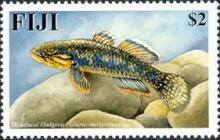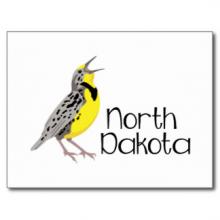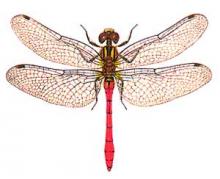Agricultural insecticides threaten surface waters at the global scale
Agricultural systems are drivers of global environmental degradation. Insecticides, in particular, are highly biologically active substances that can threaten the ecological integrity of aquatic and terrestrial ecosystems. Despite widespread insecticide application to croplands worldwide, no comprehensive field data-based evaluation of their risk to global surface waters exists. Our data show, for the first time to our knowledge at the global scale, that more than 50% of detected insecticide concentrations (n = 11,300) exceed regulatory threshold levels. This finding indicates that surface water pollution resulting from current agricultural insecticide use constitutes an excessive threat to aquatic biodiversity. Overall, our analysis suggests that fundamental revisions of current regulatory procedures and pesticide application practices are needed to reverse the global environmental impacts of agrochemical-based high-intensity agriculture.










